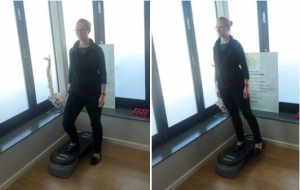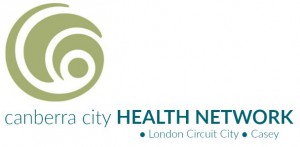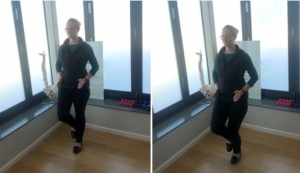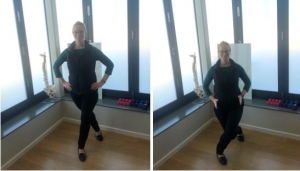Sore back? Work the glutes! PART 2
In Sore Back? Work the glutes PART 1 we talked about lower back pain and the gluteal muscles. You then embarked on a stretching and muscle activation adventure by performing knee openings AKA clams 3 sets x 12 reps each side DAILY for 2 weeks.
Let’s assess how it went. Is your back pain better? Worse? No different?! It is perfectly ok to find no change. As long as the muscle was activating (and trust me, you know when it is) then it is time to take you off the floor. We do not perform daily activities lying on the floor so training there is not likely to help. The loading of the hips and back is different from the floor to being upright. Just an aside, if this made your back worse please seek a relevant health professional to assess what is going on.
“The gluteal muscles (better known as your bottom muscles) play an important role in the stabilisation of the pelvis and support of the lower back. This helps the body remain balanced and stable whilst running, walking, climbing stairs and simply standing on the spot.” Taken from Sore back? Work the glutes! Part 1
Join our spring competition by taking a photo of yourself performing one of the following exercises. Post it to Facebook with the relevant #hashtag and #cchncbr to go into the running for free massage. Winner will be announced 1st December, 2018.
If your body happens to be crying, yelling, screaming out for some help seek some advice then train to support it. Assuming you have consulted with a practitioner and there are no acute injuries here are your options in increasing levels of difficulty:
- Glute squeezes – where you are sitting squeeze your bottom muscles together. Your body will lift up (this is how you know you are performing them correctly). Now stand up. Squeeze your glutes tightly. These muscles are very important for protecting your lower back! When you are stuck in the line at the post office and finding yourself with a sore back its time to hold your glute squeeze! #sneakyglutesqeeze #cchncbr
- Lateral step up – walk up steps side ways. Ok, so you are unlikely to tackle the car parking stairs like this (although it is a great idea to get in some glute activation) so locate a step at home. If you do not have any steps a solid wooden box will do (yay! Another trip to Bunnings!). Stand side on and step up. Now the tricky bit. Try to keep the headlights that sit on your hips level. Not keen on this one, the good old walking upstairs will do. #savingmybackwithlaughs #cchncbr

- Single leg squat – this one is as it reads. Stand on one leg and bend the supporting knee. Like the [previous exercise that harder part is to ensure your hips stay level. #nohipwobbleshere #cchncbr

- Curtsy squat – step to your right, place your left foot back behind the right, place weight on both feet and bend. That’s right, the respectful curtsy is making a come back for our lower back health. #curtseyforhealth #cchncbr

- Single leg deadlift – stand on one leg, hinge at the hip forward. Hinge back up. #hingingfreeofpain #cchncbrHOW MANY? Commence with 8-10 repetitions per set. Gradually work yourself up to 3 sets of 10.HOW OFTEN? In the rehabilitation setting little and often is the best way to regain good function. This may look like 10 minutes FIVE to SEVEN DAYS for 2-3 weeks.
The more regularly to pay attention to your gluteal muscles the better your hip and lower back function. The increase in function coincides with reductions in pain.
Nailed these exercises and after some more advanced ones? Come in for an assessment of your hinging and trunk stability. Then we can talk about the suitability of exercises to your specific condition(s).
Written by,
References
Ebert, J. R., et al. (2017), A systematic review of Rehabilitation Exercises to Progressively Load the Gluteus Medius. Journal of Sport Rehabilitation. 26(5) 418-436.
Presswood, L. et al., (2008), Gluteus Medius: Applied Anatomy, Dysfunction, Assessment and Progressive Strengthening. National Strength and Conditioning Association (NSCA) Strength and Conditioning Journal. 30(5) 41-53.


